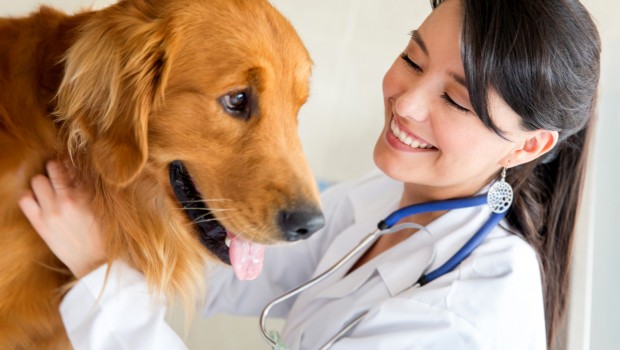When Your Dog Must Have A Limb Removed
Just recently my wife and I adopted a brand-new dog from the local rescue shelter. It is a mixed breed, the exact type unknown, but all we knew is that this lovable canine needed a good family with lots of love and affection. He was friendly and without a trace of aggression. However, there is one interesting aspect of our new dog that separates him from the rest of the shelter animals – he only has three legs.
When this dog was rescued, he had just been in a terrible car accident which left him badly damaged with a leg that had to be amputated from the top of the thigh. Although we had no idea how differently to treat this dog due to inexperience with raising a canine that is missing a limb, my wife and I researched and discussed the scenario with experienced veterinarians.
Why Do Amputations Happen In The First Place?
This was the first question that came to mind as we talked with people working in the dog field. What we found was interesting. For starters, it is a known fact that dogs are rarely born this way. It is typically a result of an accident or disease. The most common disease that causes amputations is bone cancer, which is extremely painful and obviously debilitating. However, although such a scenario might break a dog owner’s heart, getting amputation surgery can bring much-needed relief to the animal.
Other common causes of amputations in dogs include accidents (like our precious new rescued dog), birth defects, neurological disorders, and worst of all: abuse.
Whatever the cause may be, for dog owners that get the news that their pets may need to have one limb amputated, it brings immediate anxiety and fear into their minds. Although these feelings are understandable, this fear is totally unnecessary. You must understand that three-legged dogs can live very happy and healthy lives. And once they get used to hopping around and living with one less leg, their attitude would never show that they had such physical trauma in the first place.
Fast Recovery, Both Mental & Physical
Consider what happens when a person loses an arm or a leg. Perhaps you do not know anybody personally in such circumstances, but I’m sure you have seen them on TV or read about stories in articles. What is common among these amputees is that they all eventually accept what has happened and move on to live productive lives, most often even more productive than before the amputation.
Now consider a dog. Animals are much more resilient and adaptable to such circumstances than humans. In less than a week a dog that has had an amputation is mentally and emotionally just as good as before. Physically, they may limp but they do not look at their limp and say to themselves ‘poor me, how do I live now?’ No, instead, once your dog goes through such surgery, will be the same happy-go-lucky companion you have always known and loved.






